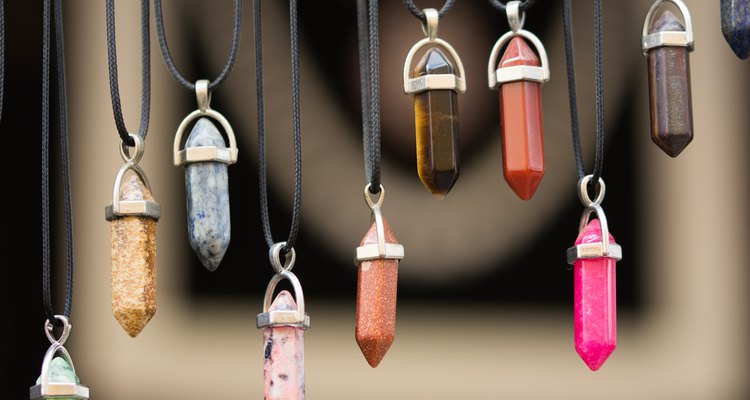
yebeka/iStock/GettyImages
An organic gemstone that’s frequently referred to as the diamond of the sea, coral can be set in gold or silver and used in bracelets, earrings, necklaces, rings and brooches. It has been in demand for centuries for its beauty and the mystical power that many cultures attribute to it. Unfortunately, coral is an endangered species and its popularity comes at a price.
What is Coral?
Coral is the external skeletal remains of a tiny animal called the "coral polyp," which is a sea creature shaped like a tube. It's in the organic gem category, like other stones made from nature, including pearls, amber and jet. Thousands of these polyps live in the ocean on remains of other polyps, which create huge underwater coral reefs. Most coral is harvested from the Mediterranean Sea and areas of the Pacific Ocean near Japan and Taiwan.
Pure Red Coral
The rarest of corals is the pure red coral known as Corallium rubrum. This is the coral that is in highest demand for jewelry making. Also known as fire coral or oxblood coral, the hue of the stone is a deep, rich red. It's often set with other natural gemstones, especially turquoise, and looks stunning when paired with yellow gold. Red coral grows deep in the ocean but has been over-harvested over the years. As a result, there is not much left in its natural state. Much of the red coral on the market today is another type of coral that has been dyed to achieve the rich hue.
Simulated and Reconstituted Coral
When coral is reconstituted, it means that what appears to be a single piece of coral has actually been created from small pieces of coral or coral powder and other ocean material that has been soaked in binding agents, pressed into one solid piece and then re-cut to be set into jewelry. Reconstituted coral is usually dyed to achieve a more uniform appearance. Simulated coral is not real natural coral at all, and can be made from any number of man-made materials,such as plastic or resin, to resemble the real stone.
Black and Angel Skin Coral
Black coral grows in the shape of a tree and doesn't become black until after it's harvested. Because it is extremely rare and grows slowly, black coral once harvested in Mexico and the Caribbean is no longer used in commercial jewelry production but can still be found in pieces of vintage jewelry. Black coral from Hawaii is the only coral harvested legally in the U.S. using sustainable techniques. The Angel Skin, a pink coral from the South Pacific, is often used for jewelry. Like red coral, its rarity makes it more expensive than other corals.
Bamboo Coral
Bamboo coral, also known as sea bamboo, grows in many areas of the ocean. Its name comes from its structure, which resembles the bamboo plant. It is widely available and is used for less expensive jewelry. It is typically either dyed red or left in its natural state with marbled hues of green and brown. It is mostly used to create coral beads.
The Future of Coral
Coral reefs are living organisms that are being threatened around the world by climate change, pollution and over-harvesting. The demand for coral jewelry contributes to the decline since commercial fishing methods reduce the size of colonies over time. With the exception of Hawaiian black coral, all coral jewelry sold in the U.S. uses imported coral that may have been harvested using unsustainable practices. Environmentalists recommend only buying Hawaiian black coral and vintage coral jewelry and not contributing to the further decline of endangered coral species.
Related Articles
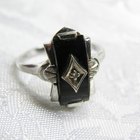
What Is Marcasite Jewelry?

What Is Ceylon Sapphire?
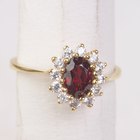
Physical Characteristics of the Ruby ...

History of Pink Pearls
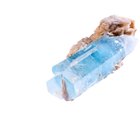
List of the Types of Semi-Precious ...

How to Polish a Dull Amber Ring

Rocks Used in Gravestones
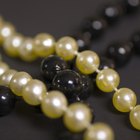
In What Parts of the World Are Valuable ...
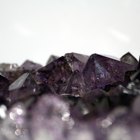
Types of Valuable Crystals

Hawaiian Traditional Gifts

What Is 916 in Jewelry?

Difference Between Manmade & Natural ...
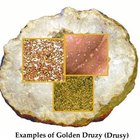
What Is Golden Druzy?

The History of Biwa Pearls

Information on African Rubies
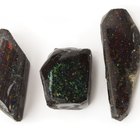
Which Types of Gems Are Most Expensive?
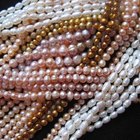
How to Find Pearls
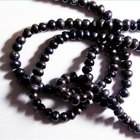
How Rare Is a Black Pearl?
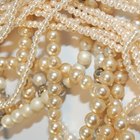
What Countries Harvest Pearls?

19th Wedding Anniversary Gift Ideas
References
Writer Bio
Colette Stichler is a writer and public relations professional living in eastern Nebraska. She enjoys covering arts and culture, fashion and travel.